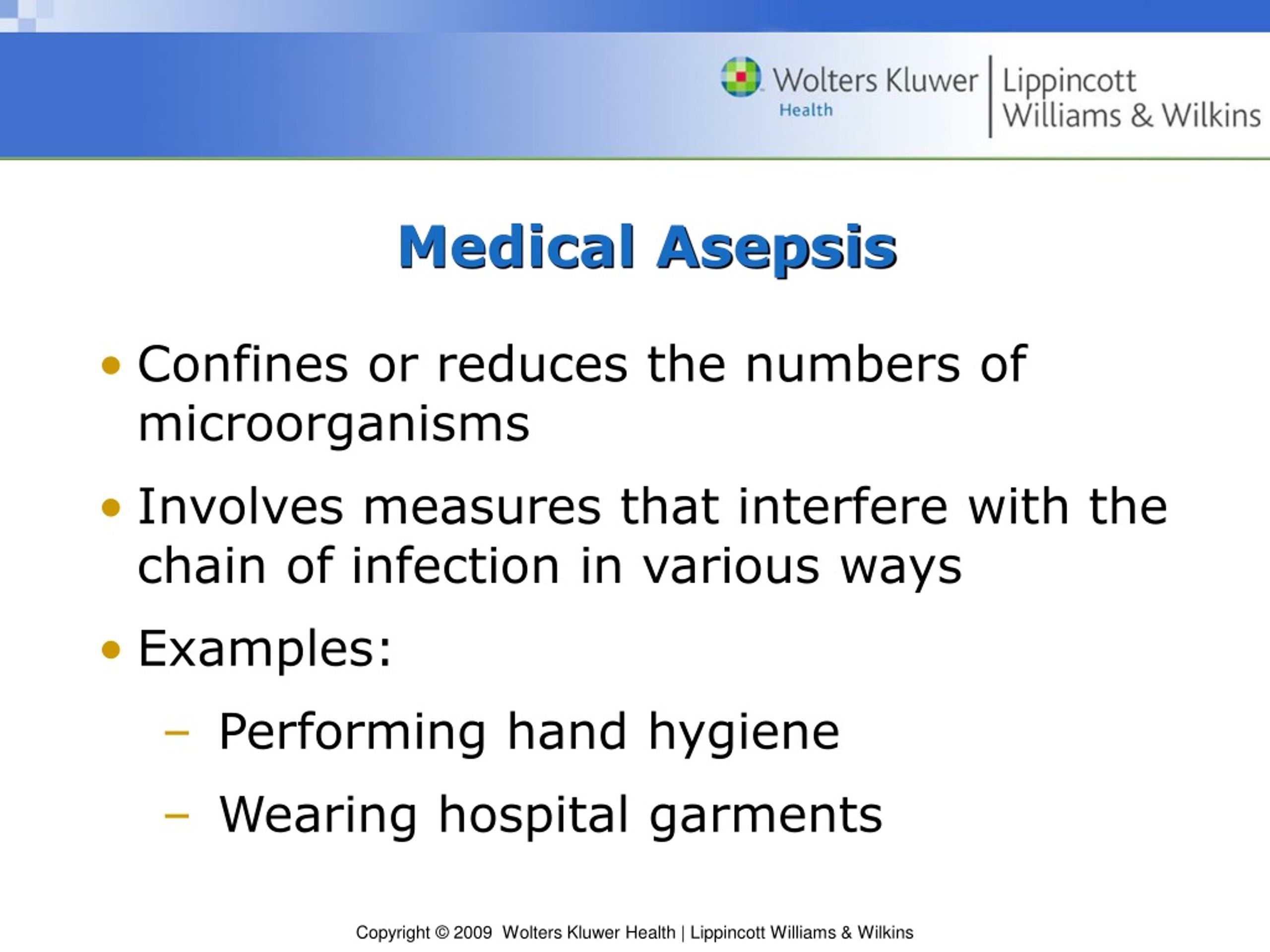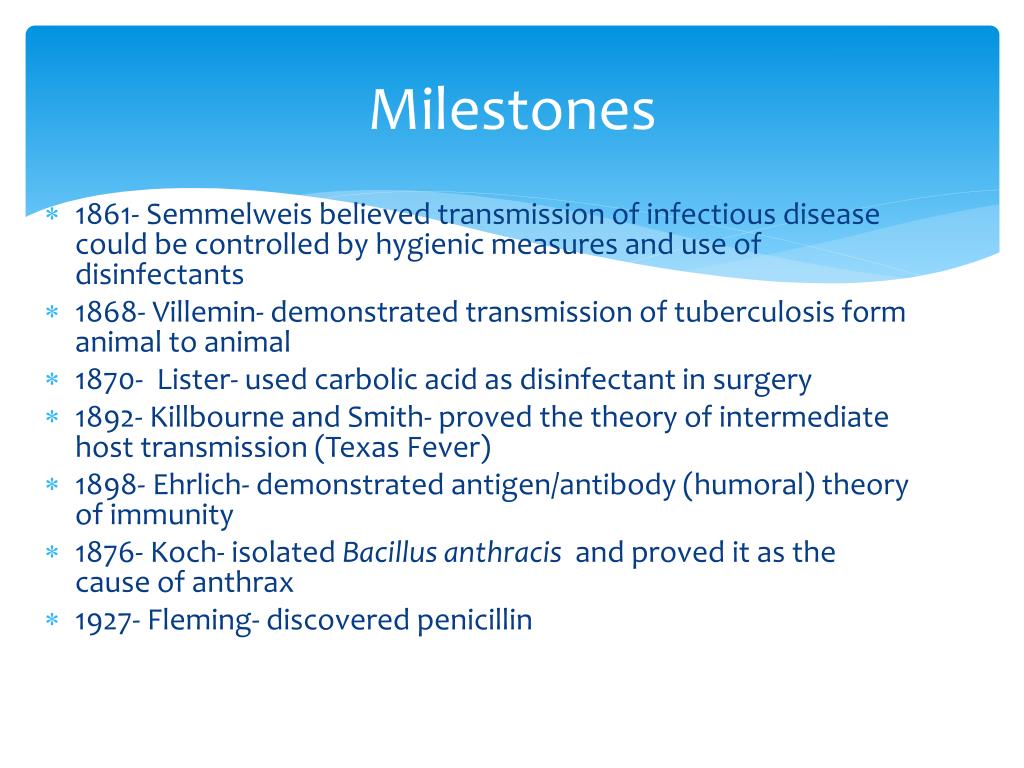

Most surgeons wore their street clothes while operating. Antiseptic surgery was often performed in the patient’s home or in an operating theatre in front of an audience that could include hundreds of people. However, it was mainly aseptic practices, not antisepsis, that made modern surgery look like it does today. It went along with increased surgical success rates, heightened confidence of surgical practitioners and a considerable expansion of the surgical domain. Following its propagation by the British surgeon Joseph Lister in the 1860s, the use of antisepsis to prevent wound disease by killing living germs precipitated unprecedented changes in surgery. The alignment led to ‘asepsis’ as a new strategy of combating wound disease, replacing or supplementing the older practice of ‘antisepsis’. This paper discusses how surgeons eventually followed Pasteur’s advice and aligned their field of activity to laboratory science in specific ways, as, vice versa, laboratory work on bacteriology was shaped by surgical concerns in a process of mutual realignment. The power of controlling microorganisms in the laboratory was to be transferred to a specific part of the outside world – the operating room. In the passage above, he recommends adopting the same strategy in the surgical work environment. These were the kinds of technologies that had enabled Pasteur to subject microorganisms to control by his eyes and hands and allowed him to make far-reaching claims about the cause of infectious diseases and ways to prevent them. Furthermore, he ‘would use only lint, bandages and sponges previously exposed to air temperatures of 130– and use water that had been heated to temperatures of 110– ’.


Pasteur did this in his laboratory with all objects that came into contact with his microbial cultures, in order to avoid contamination. If he were a surgeon, the laboratory scientists Louis Pasteur wrote in 1878, he would not only clean his instruments thoroughly, ‘but after having cleaned my hands with the greatest of care, I would subject them to rapid flaming’.


 0 kommentar(er)
0 kommentar(er)
